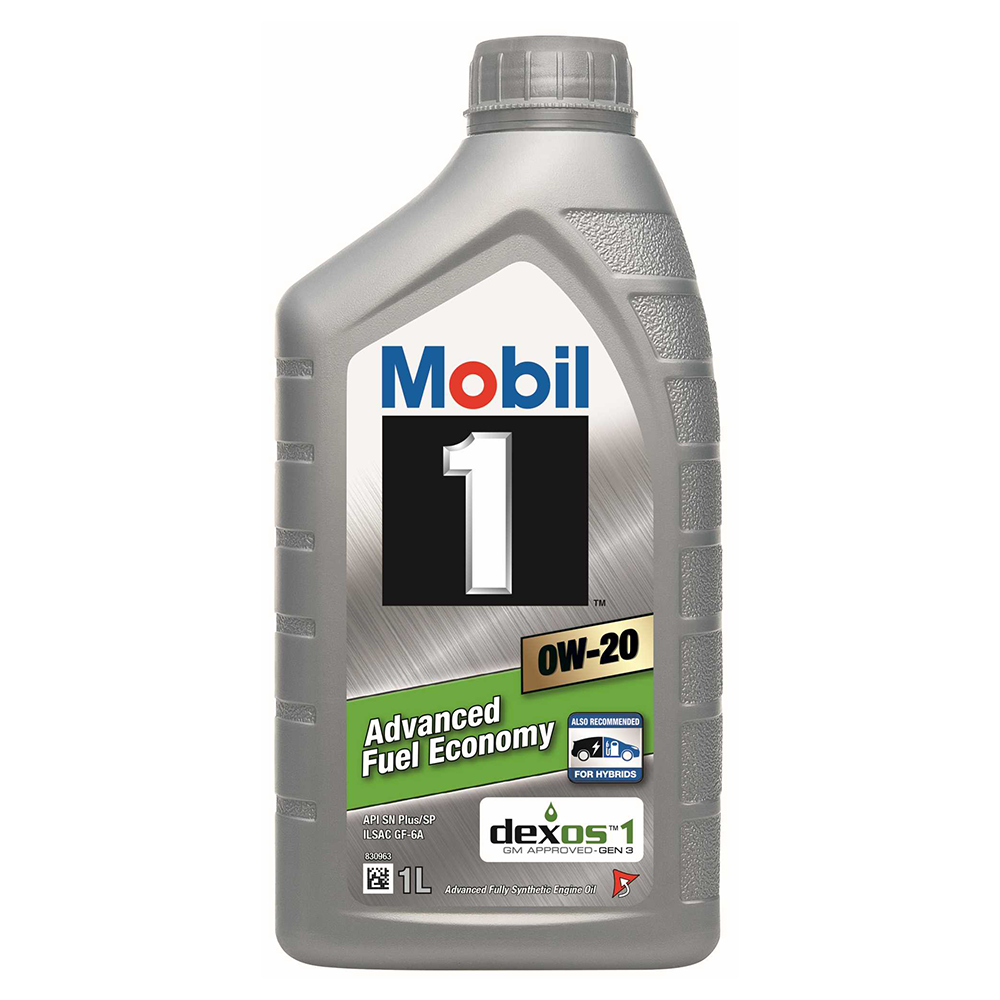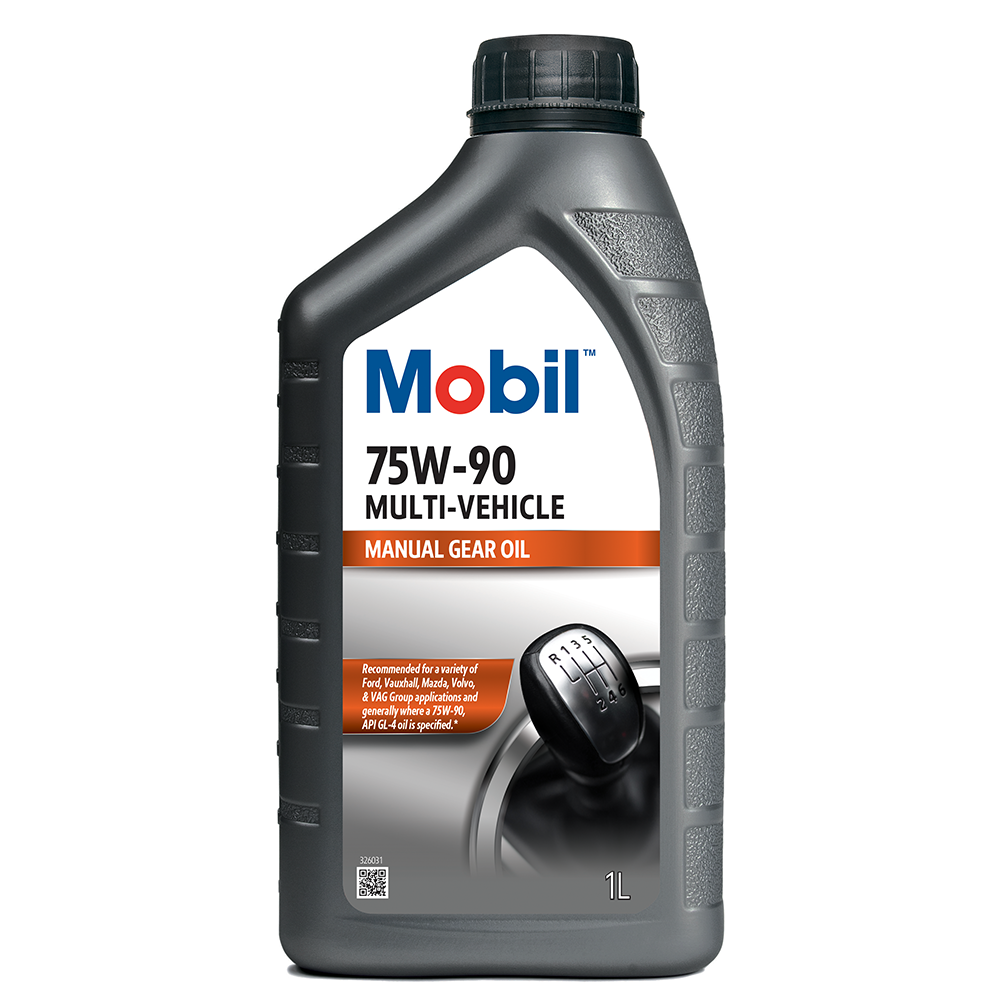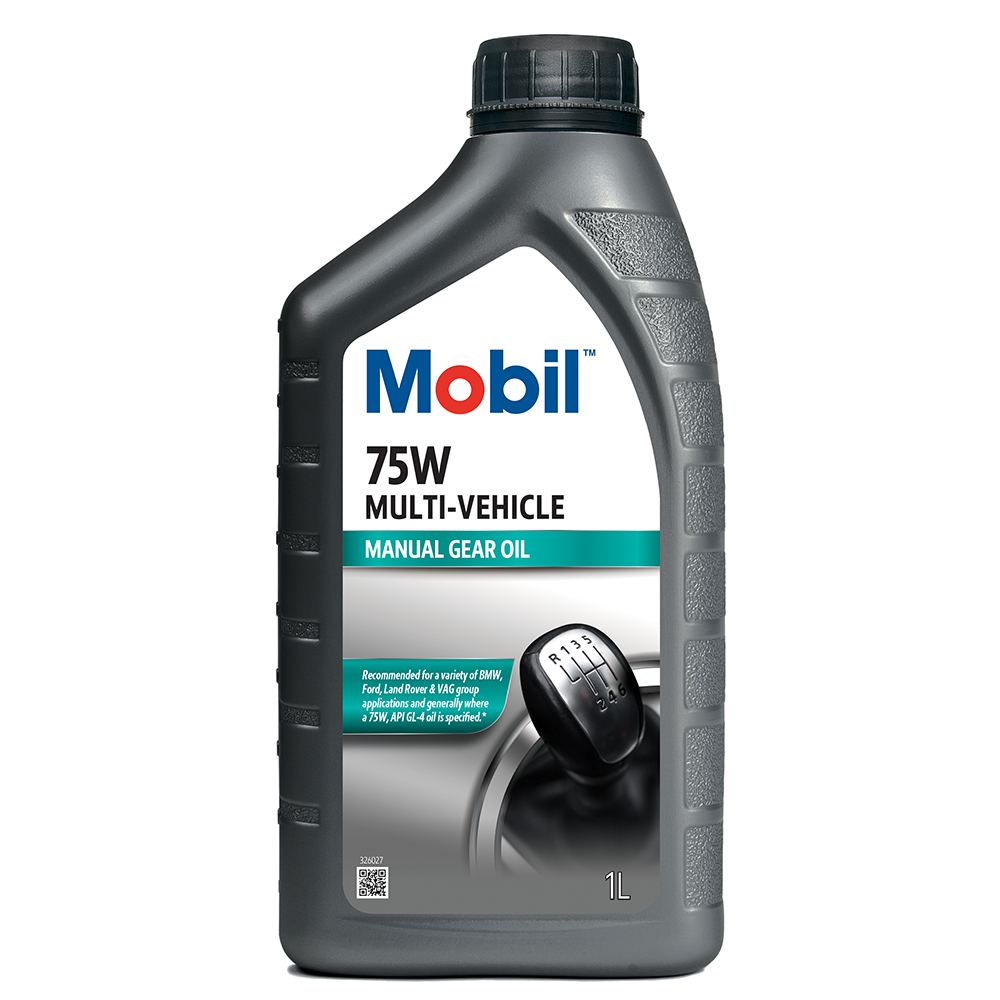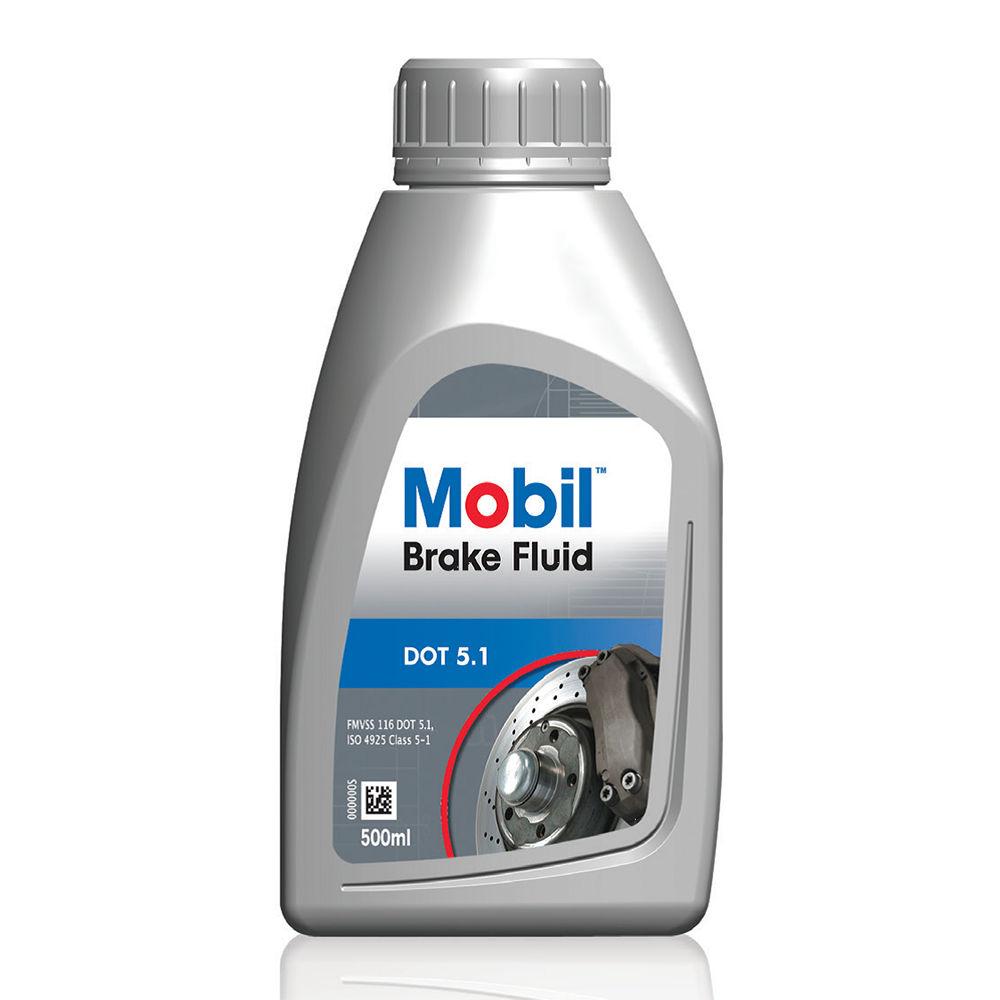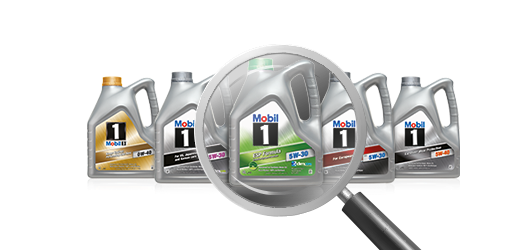

Find the right Oil
It is important to choose the right oil for your car.
Often drivers are interested and looking for what kind of engine oil to use for their vehicle? How much oil is pouring into the car’s engine? What are the specifications and viscosity of the oil to choose? How many kilometers do you need to change lubricants? What is the optimal oil change interval? Oil and lubricant manufacturers? What is the difference between synthetic, mineral and semi-synthetic oils? Oil replenishment? How to measure the oil level and whether it needs to be topped up? How often should the oil level be checked? Specifications for oils and greases? What does oil viscosity mean? What are original and high-quality lubricants? Oil by car brand?
Car lubricants: what they do for the car
Automotive lubricants are vital for the engine. The performance of the car and its lifetime depend on them. Choosing the right lubricants ensures that:
- Prevents wear and tear on the parts that make up the car’s engine
- Prevents friction between the moving parts of the engine
- Absorbs part of the high temperature, which develops in the machine
- Prevents the formation of residues or thick sediments, as they have strong detergent properties
- Engine parts are protected from corrosion and oxidation
Research and development in automotive lubricants never stops. As the industry evolves, lubricants with enhanced properties are created.
The 3 basic types of lubricants
The truth is, there are no more bad car lubricants today. It’s just that each one, depending on its type, serves different needs. By knowing what your driving needs are, you know which type of oil is right for your vehicle. Let’s look at the three basic types of lubricants.
1. Conventional car lubricants
Conventional automotive lubricants are derived from crude oil. Once extracted, it is processed. At this stage it is enhanced with various additives, which improve its density and its ability to protect the engine. The main advantages of this type of oil are its economic price and the fact that the car runs smoothly.
The disadvantages are that it comes from a natural source (it is mineral oil), so it is less refined than the others. This automatically means more regular oil changes, moderate lubrication and therefore low durability.
2. Synthetic automotive lubricants
Synthetic automotive lubricants are entirely the product of laboratory conditions. This ensures consistent quality and performance right up to the moment of change. This is because it is easier to control the manufacturing process when all materials are subject to strict control than when they come from physical processes. They are ideal for the majority of engines, whatever the driving conditions. Pluses include:
- Less frequent changes
- Better flow at low temperatures
- Better protection from dirt inside the engine
These can benefit all engines. They can be priced slightly higher than conventional engines. However, they do not need frequent changes, which ultimately makes them a more economical choice. They are recommended by car manufacturers for all modern engines.
3. Semi-synthetic automotive lubricants
This is a combination of the two categories above. Mineral oils and synthetic-based lubricants are mixed together, enhanced with chemical additives. They offer better lubrication than mineral oils and do not need to be changed as regularly. Their usual composition is 20% mineral oil, 80% synthetic automotive lubricants.
What is the appropriate viscosity?
Viscosity or fluidity is the resistance of the lubricant to the high temperatures that develop inside the engine.
- High viscosity means thicker car oils and slower flow into the engine.
- Low viscosity, thinner lubricant and faster engine flow.
Car manufacturers recommend types such as 0W-30, 5W-30 or 10W-40 and so on.
The first number represents the fluidity of the lubricant in cold conditions, the “W” stands for Winter (as in winter) and the second number represents how thin the lubricant becomes when overheated. As automotive lubricants cool, they are thicker, while as they heat up they are thinner. Based on this and the aforementioned numbers, you can choose the car oil that suits your driving conditions (cold, heat, speed).
Important information:
Vehicle manufacturers should specify the viscosity of the oils recommended for use and the specific specifications of engine oil, gearbox oil, power steering fluids, brake fluids, coolant to maximise equipment protection and economy of engine operation. By applying the vehicle or industrial equipment manufacturer’s requirements and using quality products, you will extend the life of your car engine and equipment.
Correct selection of oils and greases.
1. Follow the vehicle manufacturer’s instructions (service and maintenance book)
2. Manufacturer’s product selection program that will help to easily and correctly select lubrication products (selection of oils and greases online)
3. Live consultation of oil and lubricant technical engineer, contact tel.: +30 210 4814860
4. Send your technical question to: email: info@novitron.gr
Vehicle manufacturers shall specify the viscosity of the oils recommended for use and the specific specifications of the engine oil, gearbox lubricant, power steering fluid, brake fluid, coolant to maximize equipment protection and engine economy. By extending the requirements of the vehicle or industrial equipment manufacturer and using quality products, you will extend the service life of the car’s engine and equipment.
* To find out the degree and specifications of the oil viscosity recommended by your car manufacturer, always read the vehicle lubrication product recommendations and user instructions.


